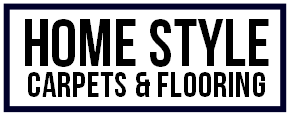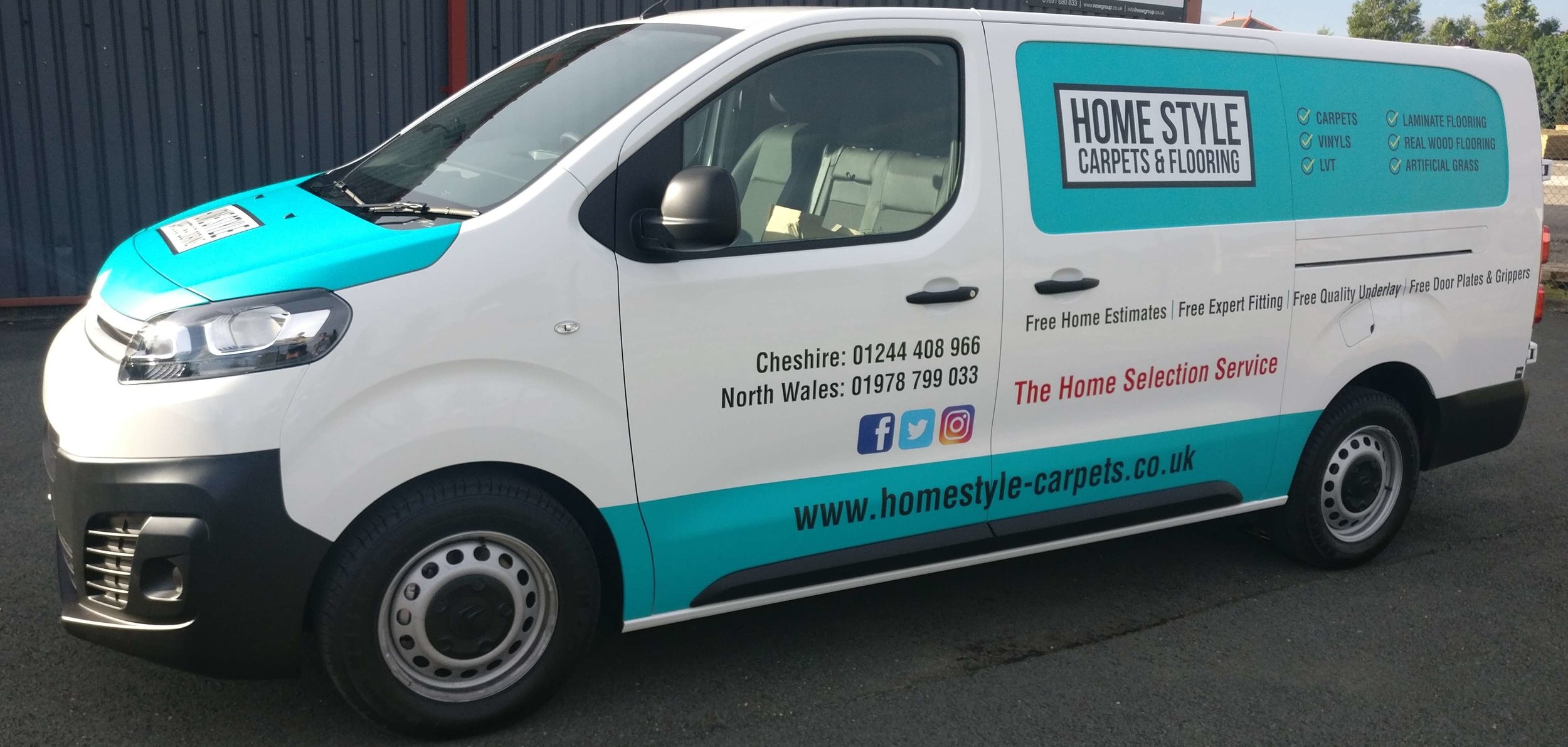What’s the difference between high and low-quality laminate flooring?
/Laminate flooring is a synthetic floor surface that’s designed to look like genuine wood or stone.
It’s good value, easy for a professional to install, low maintenance and offers resistance to scratches. But to maximise these benefits, it’s important to invest in a good quality laminate floor.
The difference between high- and low-quality laminate flooring can be significant. Here, we’ll explain how to recognise this difference.
In this article, we’ll break down what makes a good quality laminate floor, and the characteristics that show up a substandard laminate surface.
Thickness
You’ll find that high-quality laminate flooring is in the region of 8-12 mm thick, while lower-quality laminate tends to be in the region of 6-8 mm thick.
Thicker laminate accommodates a larger core layer. Not only does this mean that high-quality floors feel stronger underfoot, but they are also better for your body. An insufficient substrate - that is, the core layer in the middle of the laminate - offers less stability, and can put more pressure on the joints.
The thicker the laminate, the more durability and protection your flooring will offer. Thicker laminate also mimics the look of wood or stone more realistically, and appearance is what we’ll explore next.
Appearance
You can expect high-quality laminate flooring to look better. That means it can copy the natural element of wood or stone, and give your floor a more stylish look.
It comes down to the resolution of the photographic prints on the surface of the laminate. The higher the resolution, the more realistic features such as wood grain patterns or tile texture can be reproduced. Low-quality laminate flooring looks less authentic.
The devil is in the detail - the surface layer of high-quality laminate exhibits the finer details of wood or stone textures. If you didn’t know the flooring was laminate already, you may ask yourself if it is real or not. Conversely, low-quality laminate may be obvious, especially when viewed from a close proximity.
Slip resistance
We touched on stability briefly when discussing thickness. The slip resistance and grip offered by a laminate surface can be a big indication of quality.
It’s not only the thickness that is a factor in slip resistance. The surface texture also comes into play. Texture offers grip, and helps to prevent accidents caused by slipping. The surface layer of premium quality laminate is often textured or treated to provide superior traction.
Don’t underestimate the importance of slip resistance in laminate flooring. Not only does it improve the experience of walking around your home, but it also makes your home safer. If you have young children, be aware that cheaper, low-quality laminate flooring with a smooth and slippery surface may pose more hazards of slips and falls.
Traction is especially important when designing bathrooms and kitchens, where hazards are typically more prevalent.
Durability
How durable your laminate flooring is, and how long it will last, is a key differentiator between a low- and high-quality product.
Several construction elements are a factor in durability. High-quality laminate flooring offers resistance against scratches, as well as impacts and moisture damage. You can expect premium laminate to have high-wear coatings to prevent scratches and scuffs.
When it comes to the backing, thickness offers greater stability that can add to durability. And the better the sealing, the more moisture resistance - this prevents any swelling or decay from spilled fluids, as well as mopping.
Thinner, low-quality laminate flooring lacks the characteristics outlined above. This means it can be; more likely to pick up scratches; let in moisture that can result in swelling and bubbling; and buckle under the weight of furniture, which creates gaps in the structure of the laminate. All these issues lead to a more rapid degradation and inferior performance compared to higher-quality laminate flooring.
Ask the experts
An experienced, reputable provider of laminate flooring should be able to guide you in options for a range of budgets.
As part of the selection process, a sales representative can demonstrate to you exactly why a product is at a certain price point. They’ll be able to show you premium features, and describe the benefits you will receive from higher-quality laminate.
When considering your budget, you may want to focus on higher-quality laminate flooring in areas of your home with a higher volume of foot traffic. Also remember the importance of slip resistance in rooms that present more hazards, such as kitchens and bathrooms.
Laminate flooring can be cost-effective compared to other types of flooring, but invest wisely in a premium product, in order to safeguard your investment. Make an outlay in higher-quality laminate flooring, and you can expect a better product in every aspect. The floor will feel better, look better, last for longer, and may be made using more sustainable manufacturing processes, too.

